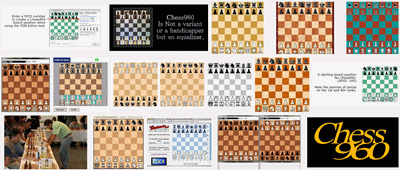
Google image search on 'chess960'
Heartfelt thanks to the many visitors to this blog for taking an interest in chess960. Special thanks to the two serial commentators -- GeneM and HarryO (in alphabetical order) -- who kept me honest because I knew each new blog post would get at least two hits.
A few months ago I received an email from GeneM, aka Gene Milener, aka the author of 'Play Stronger Chess by Examining Chess960'. He wrote,
In January 2006 I published a book about chess960. This year I will publish another chess book. Even though this new book is not about chess960, I am adding a section in its appendix to discuss or update the state of chess960 now that a decade has passed. Inasmuch as you have become the preeminent voice about chess960, I wondered whether you might be interested in contributing an essay for your own attributed subsection -- on your thoughts about the current state of chess960?
I first thought of this appendix chapter as an 'Epilogue' about chess960, but that sounded too final, like chess960 did not make it and died. I rather think that changes on this scale take time as measured by generations. So instead the chapter will be presented as something like the 'Current State of Chess960 in 2015'.
For years in your blog you have put spotlight and microscope on a broad variety of specific topics within the chess960 realm. Having read your chess960 blog every weekend now for years, I am curious to see what your assessment will be when you step back to consider how the overall picture has evolved, where it stands in 2015, and where it might be headed a generation or two from now.
My essay can be found at Fischer Chess in the Year 2015. I also told Gene,
If I were writing this for the web, I would link to my post debunking certain myths: Top 10 Myths About Chess960. I consider it my top contribution to understanding chess960.
When Gene's book eventually hits the web, I'll mention it on my main blog 'Chess for All Ages' (see the link in the right navigation bar), the same place where I'll post any new reports related to chess960. I agree with Gene that the acceptance of chess960 will 'take time as measured by generations' and I will continue to play for as long as there are opponents interested in Fischer's greatest invention.
Bye for now! - Mark
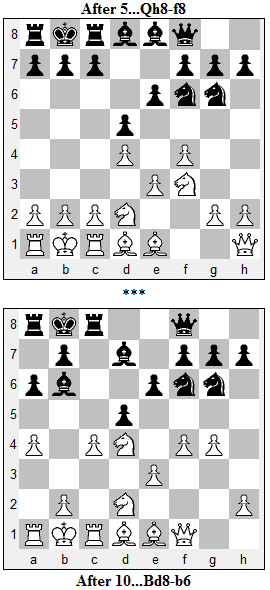

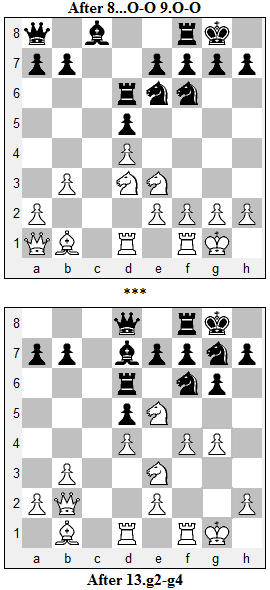
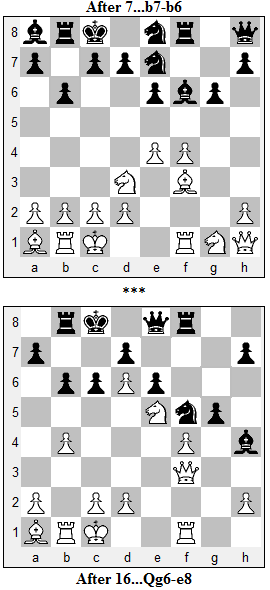
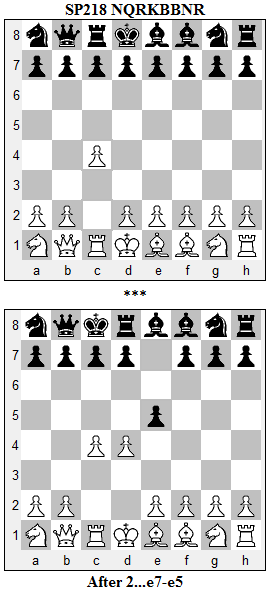
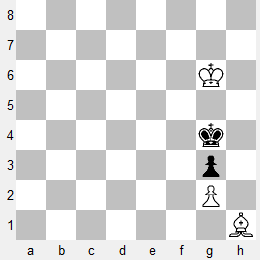
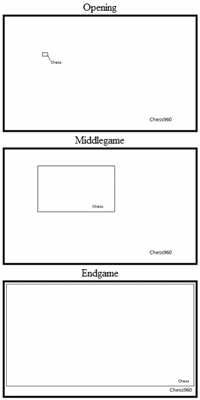
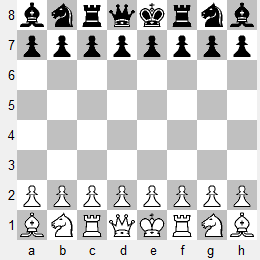
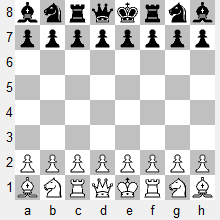 SP323 is shown on the left. As for Kramnik's assertion that 'the artistic beauty of chess disappears', what can I say?
That 'beauty is in the eye of the beholder'?
That beauty is also found in the unfamiliar?
SP323 is shown on the left. As for Kramnik's assertion that 'the artistic beauty of chess disappears', what can I say?
That 'beauty is in the eye of the beholder'?
That beauty is also found in the unfamiliar?
